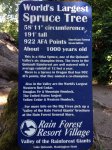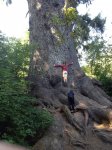Here's an ancient in Oak in Richmond park, London England. Estimated 750 years old...
Ive photographed this tree in winter and spring....
Richmond Park contains some of the oldest oak trees in London including, what is known as, the Royal Oak. It is a specimen thought to be around 750 years old but could be as old as 800 years old. The tree is located near the Richmond gate entrance, at the top of Richmond Hill. Although the tree has been pollarded many times over the past centuries it still has a big crown but most noticeably the trunk is massive, with a hollow at its centre which a child could fit into. The oak trees in Richmond Park were commonly pollarded and the wood from the tree was harvested and used in a variety of ways by the locals, pollarding is also seen as a way of lengthening the lifespan of a tree. The English oak tree (Quercus robur) is often viewed as a symbol of England and is the most common tree species in the UK.
 IMG_8369
IMG_8369 by
Bobby Lane, on Flickr
 IMG_8348
IMG_8348 by
Bobby Lane, on Flickr
 IMG_8355
IMG_8355 by
Bobby Lane, on Flickr
 IMG_8364
IMG_8364 by
Bobby Lane, on Flickr
 IMG_8360
IMG_8360 by
Bobby Lane, on Flickr
 IMG_8376
IMG_8376 by
Bobby Lane, on Flickr
In leaf
 IMG_9602
IMG_9602 by
Bobby Lane, on Flickr






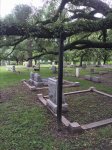



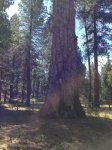

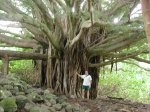




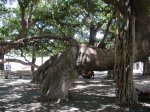
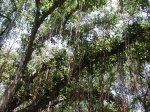


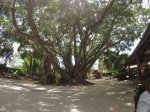

 IMG_8369
IMG_8369 IMG_8348
IMG_8348 IMG_8355
IMG_8355 IMG_8364
IMG_8364 IMG_8360
IMG_8360 IMG_8376
IMG_8376 IMG_9602
IMG_9602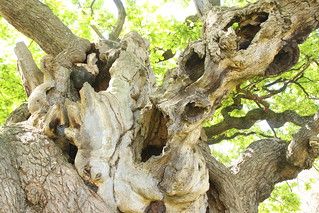 IMG_9609
IMG_9609 IMG_9621
IMG_9621 IMG_9610
IMG_9610 IMG_9612
IMG_9612


